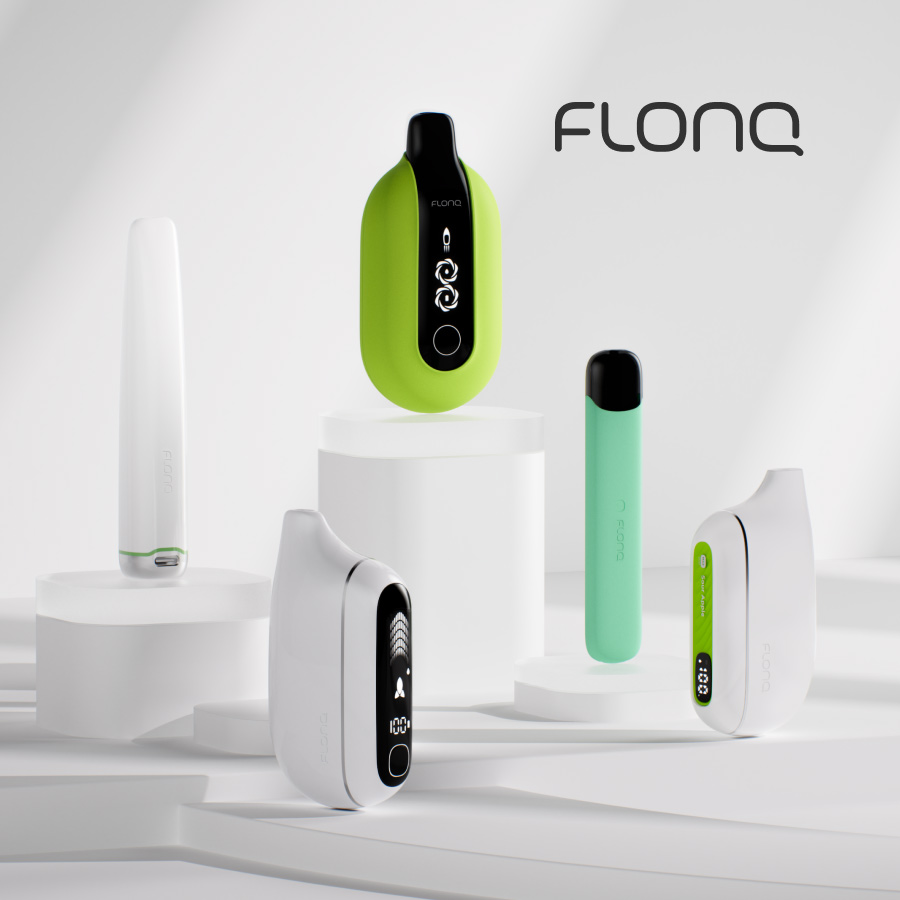An Avalanche of Paper
- This Issue
- October 12, 2020
- 14 minutes read
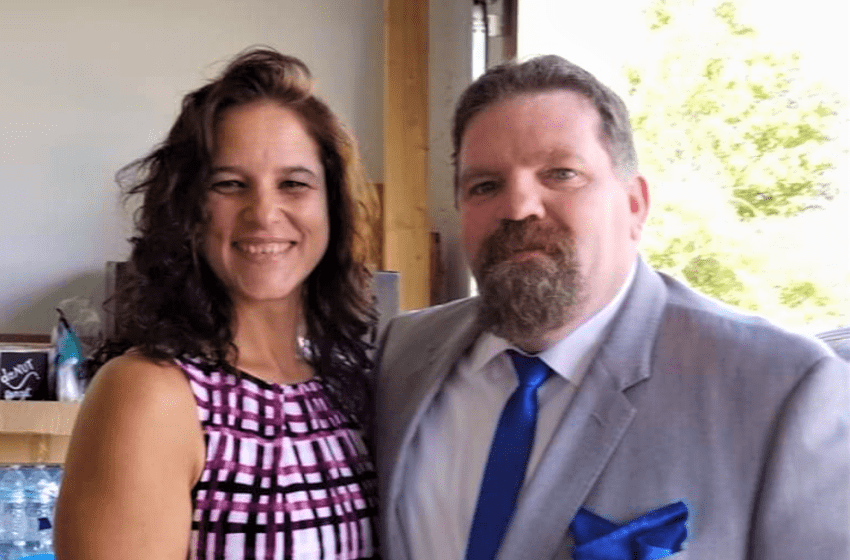
Gerri and James Jarvis
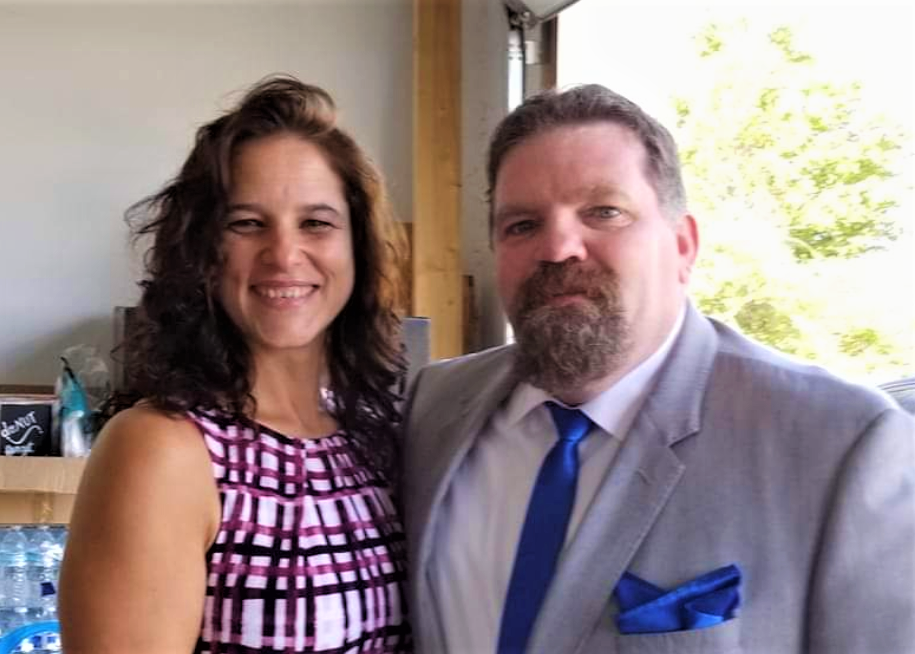
The ‘Davids’ of the vapor industry prepare for war.
By Maria Verven
In many ways, Gerri and James Jarvis are the epitome of the Davids who are up against the Goliaths of the vapor industry.
Now that the U.S. Food and Drug Administration’s (FDA) premarket tobacco product application (PMTA) deadline of Sept. 9 has come and gone, the wait is on to see which products—and which Davids—will survive.
The PMTA battle plan
Gerri and James own Jarvis Vaping Supply, a wholesale vaping supply store, as well as four retail stores called Vapor Station in and around Columbus, Ohio. James is also president of the Ohio Vapor Trade Association, and both Gerri and James are avid advocates of the vapor industry.
The Jarvis’ first got into the industry after watching the growth of Westside Vapor, which was started by their friend, Jason Gang.
“My passion for the industry came from the loss of my grandmother when I was 16 due to smoking-related issues,” James said. “I saw how successful vapor was for Jason in his goal of quitting smoking. It really made me want to help others do the same thing.”
The Jarvis’ business was going gangbusters until media reports of e-cigarette or vaping product use-associated lung injury (EVALI). Now known to have been caused by the addition of vitamin E acetate, a product that isn’t used in any store-bought e-liquids, EVALI scared many customers away from vaping.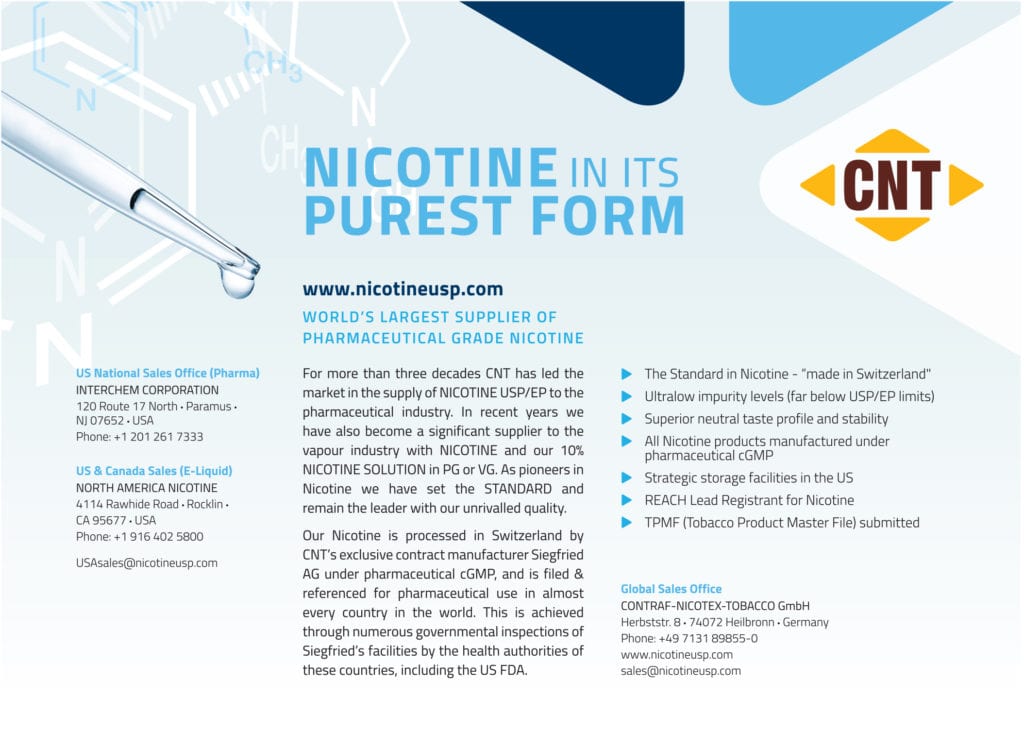
Vapor Station experienced a devastating 50 percent loss in sales from EVALI reports, and then Covid-19 hit, causing another major loss as stores had to close during the early months of the pandemic. “Unfortunately, during the pandemic, several people went back to smoking since cigarettes were so easy to get,” James said.
While James continued to run the business, Gerri worked day and night over six months to fill out PMTAs for 998 products (SKUs). In the end, she dumped roughly 3 million pages off at the FDA.
With just the help of a Facebook group called PMTA Sharing, Gerri was able to climb the PMTA mountain without any help from firms experienced in submitting PMTAs. The Jarvis’ were among 1,600 vapor company representatives who joined this and other private groups to help them navigate the PMTA process.
“With Covid-19 hitting right in the thick of the PMTA process, money was so tight that we needed to be careful with spending. Thanks to the help of the Facebook group, we were confident that we could turn something in to the FDA,” Gerri said.
But that wasn’t enough. She then went on to help her friend Jason Gang of Westside Vapor as well as several other small companies negotiate the PMTA process, including Dripology, Vapor Generation, KL Labs and E Cig Cafe. Gerri said Westside Vapor’s PMTAs for its 1,800 products totaled over 6 million pages.
The waiting game begins
Now the wait begins. Encouraged by the successful FDA acceptance achieved by business colleagues at ECIG Charleston and Bad Drip, the Jarvis’ have high hopes for their PMTAs. All had used processes shared in the PMTA Sharing Facebook group.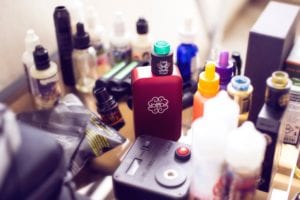
They are also realistic, knowing that the FDA has received a flood of applications. The Jarvis’ are one of many e-liquid manufacturers and small vape shops that make their own e-liquids in dozens, if not hundreds, of flavors and in a variety of nicotine strengths and volumes. And each of these distinct products in every flavor and nicotine strength requires a separate PMTA.
The FDA publicly acknowledged that the market for vapor products is extremely large—“several orders of magnitude greater than anything the agency has experienced … The likelihood of [the] FDA reviewing all of these applications during the one-year review period is low.”
We asked Gerri to give us a glimpse inside the process of pulling together PMTAs for nearly 1,000 products. Here’s what she shared with Vapor Voice:
When did you start pulling together all the information you needed to complete the PMTAs?
As an industry, we’ve been working on this since August 2016, but we started really getting the paperwork together in March of 2020. I guess it took deadlines from the FDA to really hit us to get to the point of pulling together the PMTAs.
We currently offer 998 SKUs, or products. We provided information on and requested PMTA approval on every one of our products.
Please tell me all about the PMTA process: How long did it take? What sort of information did you provide?
I started working in March 2020 and worked pretty close to nonstop from July to September. The Facebook PMTA Sharing group helped me run the studies and programs to gather the needed data, such as underage studies, customer surveys and PMTA review literature.
In our customer survey of around 5,000 customers, we learned that 90 percent used flavors—and most preferred the fruit flavors. If those flavors go away, the majority—76 percent—said they would go to the black market or back to smoking. We have the weirdest industry in the world: Our business model is to get people to switch to vaping from smoking and then reduce their level of nicotine and eventually [get] off of vaping all together.
Why did you decide to do it on your own? How confident did you feel about the process?
With Covid-19 hitting right in the thick of the PMTA process, money was so tight that we needed to be careful with spending. Thanks to the help of the Facebook group, we were confident that we could do the initial submissions ourselves.
Please share what you can about the expense of pulling together the PMTAs.
For the preliminary review, we had to pay for programs such as the Environmental Assessment Generator and Cover Letter Generator and other environmental assessments. If the FDA accepts our initial applications, we will then move into the substantial review phase for the product testing analysis and safety information. The FDA has only accredited six labs, and the expenses are exorbitant: Each SKU could cost us anywhere from $84,000 to $480,000, depending on which lab we use.
That’s why we’re working to try to get some kind of reform through Congress by reaching out to our senators and congressional leaders and explaining that these costs will kill small businesses—all but about 5 percent of the industry. The costs are blowing their minds. If we can pass some type of reform, there are labs right here in Ohio that can do the testing for a whole lot less.
Please share your emotions during this process: Were you ever frustrated? Were you worried about what should or should not be included? Were you worried it might not pass or pay off in the long run?
During all the hours we were putting together the PMTA, there was always that thought in the back of our minds that all this work could be for naught. We had no clue if what we were putting together was going to be enough to get us to the next level of the process or not.
We were very stressed with all the work on the PMTAs while also running the day-to-day operation of our shops. We had very late nights when our systems stopped working and the generators were running slow. And to top it off, the FDA brought out a new system just nine days before the submission deadline.
What’s the status of your PMTA?
We are still waiting on the news. We know people who used the same process who were accepted, which gives us hope for our PMTAs. We were told we might have to wait up to 180 days to hear back from the FDA. There is no real timeframe established. We just have to sit and wait for the FDA to contact us. But we are encouraged by the fact that three or four companies in the PMTA sharing group have received acceptance letters.
I understand you’ve helped other companies navigate the PMTA process.
I helped our friend Jason Gang pull together the files to run the programs for the cover letters, description sheets and environmental assessments. I would stay up for hours making sure the files were correct.
And I completely fixed one company’s FURLS (files with product information that must be submitted to the FDA) so they could complete the filing. We spent hours on the phone and Facebook Live, helping walk them through the process.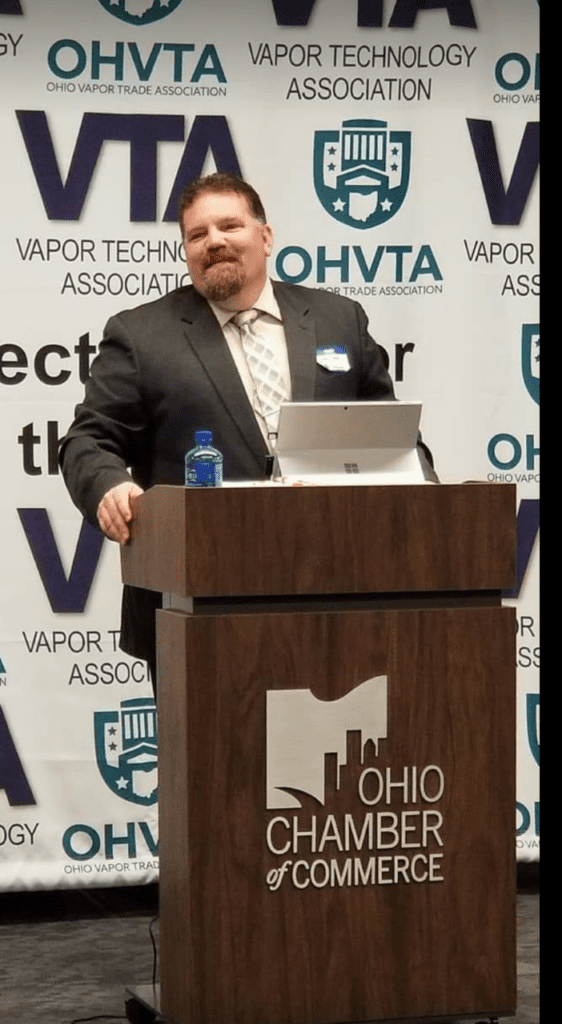
What are your takeaways? What would you do the same? What would you do differently?
I learned that a lot of the process is repetitive. I would spend the same time helping others get to the finish goal. I would have started earlier and kept better records, such as more proof of the dates [that] our products went on the market.
How is business going now? Do you have any predictions for the future of your business?
Business online and at our vape shops has been terribly slow with Covid-19. We are hopeful that with all of our teamwork, this community of small independent businesses will grow stronger.
We need everyone to see the unrealistic, onerous and prohibitively expensive process we were thrust into and how hard we are working to save our technology for consumers, our employees and our businesses.
The original “Vaping Vamp,” Maria Verven owns Verve Communications, a PR and marketing firm specializing in the vapor industry.
